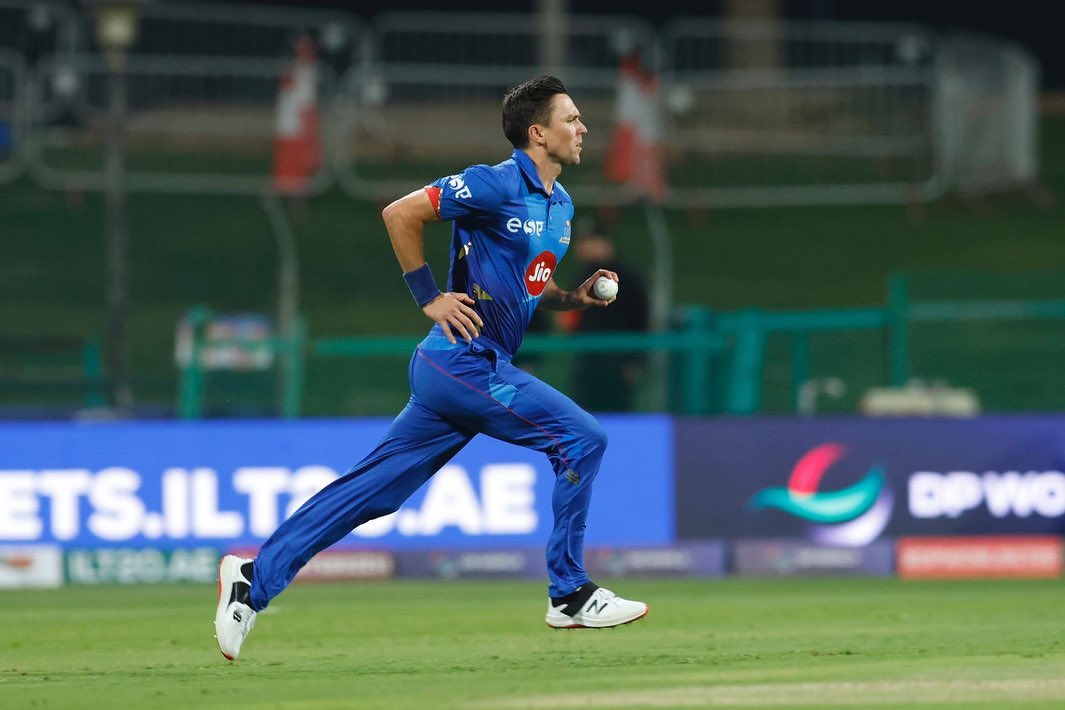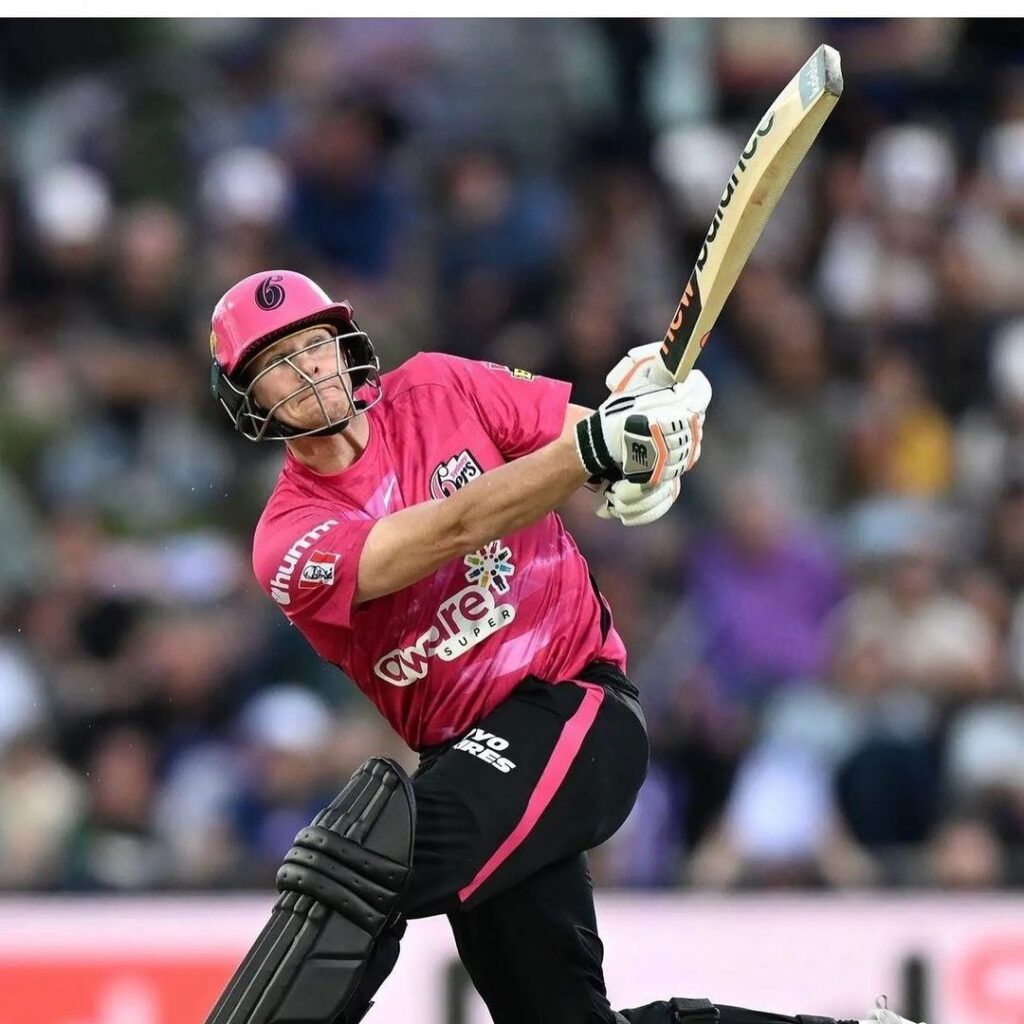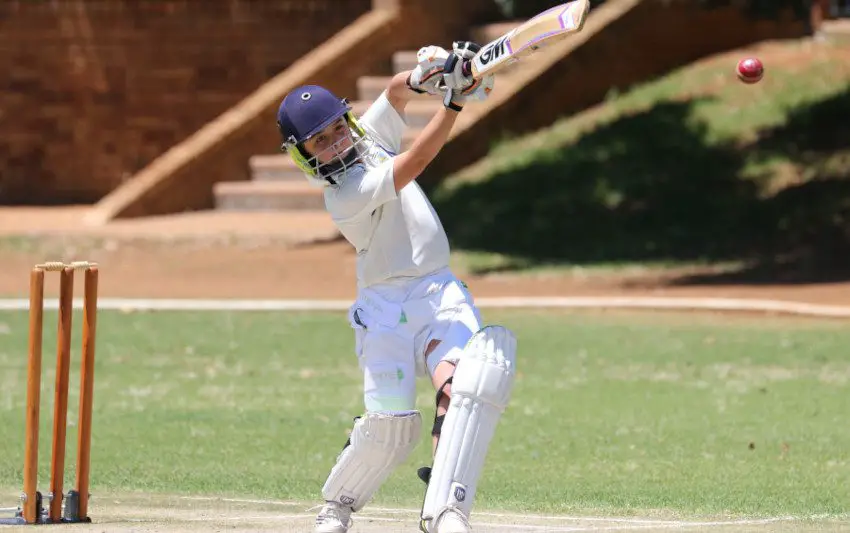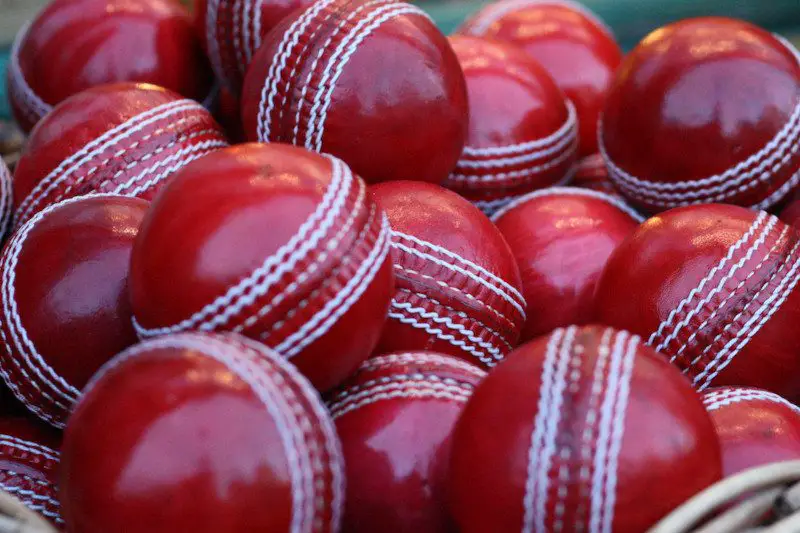Table of Contents
What is Strike Rate in Cricket?
Strike rate is used to measure two key elements in cricket – batting and bowling. For the batters, strike rate in cricket is a measurement of scoring frequency, and it tells us how quickly the player accumulates their runs.
For the bowlers, strike rate illustrates the regularity in which they take wickets. But how is strike rate calculated and why is it important?
Understanding the Concept of Strike Rate in Cricket
For batters, strike rate is calculated on the number of runs scored per 100 balls. It’s an average measurement that is taken right across the player’s career. In simple terms, it tells us how quickly that batter scores their runs.
The measurement carries great significance in modern-day cricket, especially in the limited overs formats. By working out the number of runs scored per balls faced, teams get a good indicator as to how this player will perform in future matches.
In all forms of the game, when teams are evaluating batting skills, there is a focus on how quickly those runs will be scored. That’s why this measure of scoring frequency is so important.
Batting Strike Rate: An In-Depth Analysis
Strike rate has now become the most important way of measuring a batter’s quality. This is especially true in the limited overs formats, where the sole aim is to score runs as quickly as possible.
The strike rate tells us how likely the player is to advance the team’s scoring rate and take them to a decent total. Batting strike rate has become so important that it has overtaken batting average as the most reliable metric for the modern batter.
Opposition teams will also be looking at batting strike rates for members of the other side. They will identify the most dangerous players and look to see how they can restrict their scoring. In short, it’s the vital statistic that all batters will aim to improve.
Bowling Strike Rate: An In-Depth Analysis
For bowlers, the strike rate is more important in test cricket. It tells us how long it takes for that bowler to take a wicket. In the longest forms of the game, it’s about taking wickets at regular intervals. Keeping the score down is important, but the economy rate measure is not so crucial here.
In limited overs cricket, analysts are more likely to look at a bowler’s economy rate. Strike rate remains useful, as taking wickets will help to keep the runs down. However, economy rate is the more important measurement in ODI and T20 cricket.

How Career Strike Rates are Calculated
For batters, the calculation is based on the number of runs scored in the number of balls that they have faced. The strike rate is then shown as an average number of runs per 100 balls.
The calculation works as follows:
Number of runs scored, divided by the number of balls faced: Get that figure and multiply it by 100.
Let’s say that a batter has scored 20,000 runs in their career and they have faced 18,500 deliveries.
20,000 divided by 18,500 = 1.08 x 100 = a strike rate of 108.1.
So this batter scores their runs at a rate of 108.1 per 100 balls faced.
The calculation is ongoing and will be constantly updated, along with other key metrics such as batting average.
For bowling strike rate, the calculation is much simpler. We take the number of balls bowled by a player and divide that by the number of wickets taken.
So, if a bowler has delivered 1,000 balls and they have taken 40 wickets, the calculation is as follows:
1,000 divided by 40 = 25
Therefore, their strike rate is one wicket every 25 balls.
Cricket Formats and their Influence on Strike Rate
There are three main cricket formats in place:
● First Class Cricket – Including Test Cricket
● One Day Cricket
● T20 Cricket
There are other forms including T10 and The Hundred, but they are not played on a global basis, so we’ll concentrate on the big three for now.
In test match and first class cricket, strike rate for batters has not been so important. These are timed games, taking place over four of five days, and players are more concerned about accumulating runs and occupying the crease.
In this form of the game, batting average is a more important metric.
Batting strike rate becomes more important in limited overs game. In ODIs and IT20’s the simple concept is to score as many runs as possible in the allotted overs. The team with most runs at the end of the match will win.
Those who select the teams for limited overs games will pay far more attention to batting strike rate. In ODIs and other 50 overs-a-side games, they will want their players to be scoring at a minimum of a run each delivery. This equates to a strike rate of 100, but it will ideally be higher.
In T20 cricket, strike rate is paramount. Other measurements such as batting average are largely redundant, and it’s all about how quickly you can score your runs. Batters should be aiming for a strike rate at 130 and above in this form of the game.
For the bowlers, these factors are reversed. In test cricket, bowling strike rate is the most important measurement. For ODIs and T20 cricket, economy rate is vital and strike rate is not so crucial.
The Role of Strike Rate in Cricket Strategy
Batting strike rate is now a key factor for teams when it comes to selecting sides for limited overs matches. They will tend to look for one or two patient accumulators of runs who can hold an innings together when early wickets are lost.
However, in the main, they want players who can score quickly. The main strategy as far as a batting side is concerned is quite simple – score more runs than the opposition.
The teams will have balance, but there will be players with high strike rates at the top of the order. This is done so that the batters can take advantage of the early Powerplay, when there are fielding restrictions at the start of an innings.
Batting sides will often be flexible in terms of their order, and they will take strike rate into account. If, for example, they are not scoring quickly enough at the start of their innings, they may well promote a batter to come in early, based on their strike rate.
In summary, these factors tell us that strike rate is an important measurement, both before and during a game.
International Cricket Council (ICC) and Strike Rate
The International Cricket Council (ICC) do not have any specific laws relating to strike rate. They acknowledge that this is a part of the game and that, in the main, they will allow batters to reach natural levels.
However, they have implemented some laws on equipment and on cricket bats in particular.
The Impact of Cricket Equipment on Strike Rate
There’s a lot of discussion around cricket bats at the moment. Bat design has evolved over the years to accommodate the new forms of cricket, and those bats bear little resemblance to their counterparts from decades ago.
Bats are wider, heavier and have thicker edges. Although there are laws in place to limit their size, manufacturers can push these to the limit. The big hitters use the most powerful bats, and this can have a beneficial effect on their strike rates.
It’s not just bats that are having an effect on strike rates. The playing conditions can also cause the figures to rise. Many wickets for limited overs games are prepared with the batting side in mind. There are shorter boundaries, and fielding restrictions too, so the modern game is geared up to help the batters score more runs, more quickly.
Famous Cricketers and their Noteworthy Strike Rates
The level of strike rate required in the modern game is best underlined by looking at some actual figures. In 2023, the batter with the best strike rate in international T20 cricket is India’s Suryakumar Yadav.
A powerful hitter in the middle order, Yadav has a strike rate of 175.76 after 48 innings. That’s impressive, but it’s a relatively small sample size, so what about someone who has been around a little longer?
Further down the list, Australia’s Glenn Maxwell has a strike rate of 150.97 from his first 90 T20 international innings. Those are exceptional numbers and the 150 mark is a target for the more powerful T20 batters.
In ODI cricket, Glenn Maxwell features again. As of 2023, he’s second on the all-time list with a strike rate of 124.82 from 117 innings. At the very top, Andre Russell has a rate of 130.22, but he’s only batted 47 times.
The numbers here show that 120 is the target for the best ODI players.
In test cricket, batting strike rate is rarely taken into account. Selectors will want players to score quickly, but they will be more focused on batting average.
Training Techniques to Improve Strike Rate in Cricket
Batters will use a number of different techniques in order to improve their strike rates. The most common of these is known as range hitting, where the player will stand in the outfield and continually hit balls into the stands.
Range hitting is designed to improve power and muscle memory so, in match situations, it should become easier to hit those big sixes.
Batters will practice visualization techniques which is a practice also used by bowlers.
For bowlers looking to improve their strike rate, there is no real difference from their regular training methods. They will simply look to improve on their technique and skills, and they will also introduce variations on their regular deliveries.



